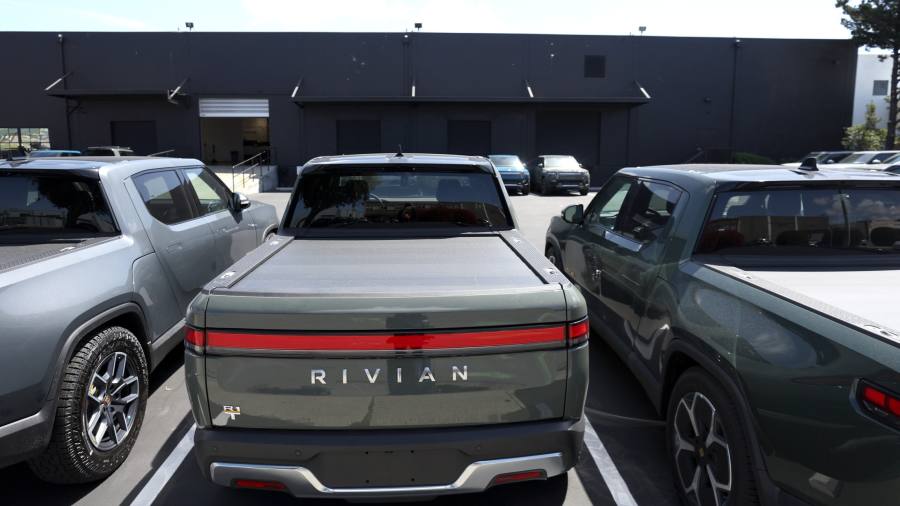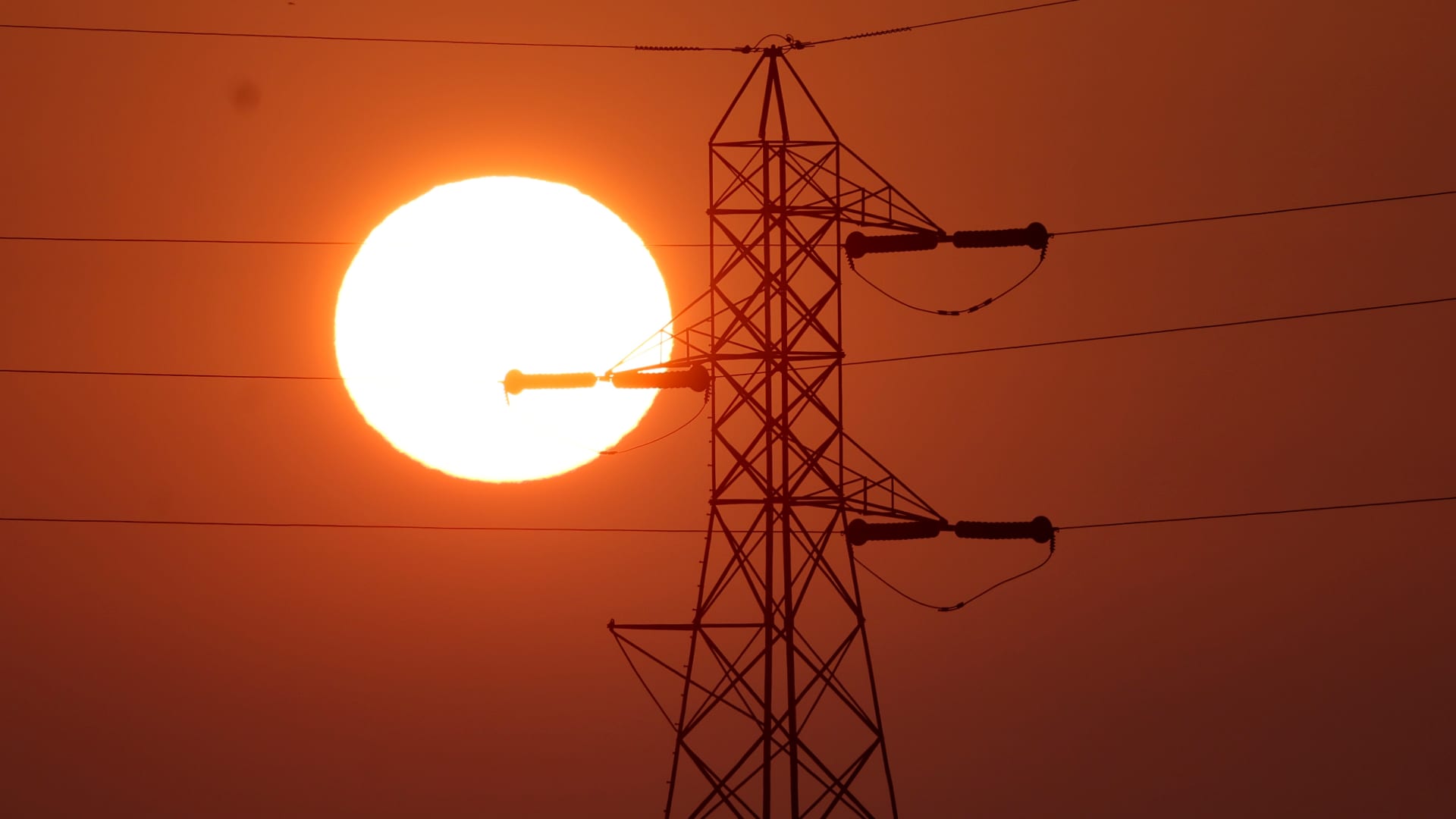The 8th U.S. Circuit Court of Appeals has granted an emergency stay pending the appeal of a lawsuit seeking to delay the scheduled rollout of the Biden administration’s promised student debt relief.
In other words, borrowers hoping to see $10,000 or $20,000 wiped from their debts will have to wait while this lawsuit proceeds; hearings are already scheduled for next week. There are also four other lawsuits pending appeal or awaiting hearing.
The stay is no reason to panic, says Mike Pierce, director and co-founder of the Student Borrower Protection Center. It’s procedural. The court cannot make a ruling, says Pierce, when it hasn’t been fully briefed. The stay calls for a response from the Justice Department by Tuesday afternoon.
“There’s not really anything to see here,” says Pierce.
The temporary halt came just days before the first borrowers were expected to see their balances reduced. The White House said earlier this month it would not deliver relief prior to Oct. 23.
On Oct. 21, Biden said 22 million borrowers had already submitted their applications since the form first went live in beta form a week prior. The White House has stated an estimated 40 million borrowers would be eligible for cancellation. The debt relief application is still open. A note on the StudentAid.gov website reads:
“Application is open, but debt discharge is paused. As a result of a court order, we are temporarily blocked from processing debt discharges. We encourage you to apply if you are eligible. We will continue to review applications. We will quickly process discharges when we are able to do so and you will not need to reapply.”
StudentAid.gov
What does the lawsuit claim?
Six states (Arkansas, Iowa, Kansas, Missouri, Nebraska and South Carolina) jointly claim Biden’s debt relief would harm tax revenue in their states and the finances of state-based loan agencies. All six of the states are Republican-led.
These student loan servicers and companies manage commercially held FFELP loans, an older type of federal student loan originally funded by private companies. They claim that letting FFELP borrowers consolidate their loans to be eligible for cancellation would hurt their bottom lines because it would eliminate or reduce anticipated interest payments.
In response, the Biden administration in late September reversed cancellation eligibility for borrowers with commercially held FFELP loans.
A federal district judge dismissed the case on Oct. 20; the plaintiffs immediately filed an emergency motion with the 8th U.S. Circuit Court of Appeals for an administrative stay. They asked the court to pause the scheduled rollout of debt cancellation by 9 a.m. CST Saturday, Oct. 22.
The court didn’t wait that long; it approved the administrative stay on Friday.
Where does this leave borrowers?
Borrowers who applied or were waiting for automatic relief are now in limbo. And federal student loan payments are expected to restart in January 2023 after a nearly three-year pause due to the pandemic, unless the pause is extended again.
No additional extension has yet been announced. It’s wisest to proceed as if payments will resume as scheduled on Jan. 1.
If you qualify for debt relief and haven’t applied, do so. It can’t hurt, and you’ll secure your spot in line if legal obstacles are cleared.
If you planned to seek a refund of payments made during the pause, reconsider. You are still able to ask for a refund, but as before, the amount refunded will be added to your loan balance.
If you already received a refund on payments made during the pause, don’t spend it. If one of the lawsuits succeeds, you may want to put it back toward your loan balance.
















